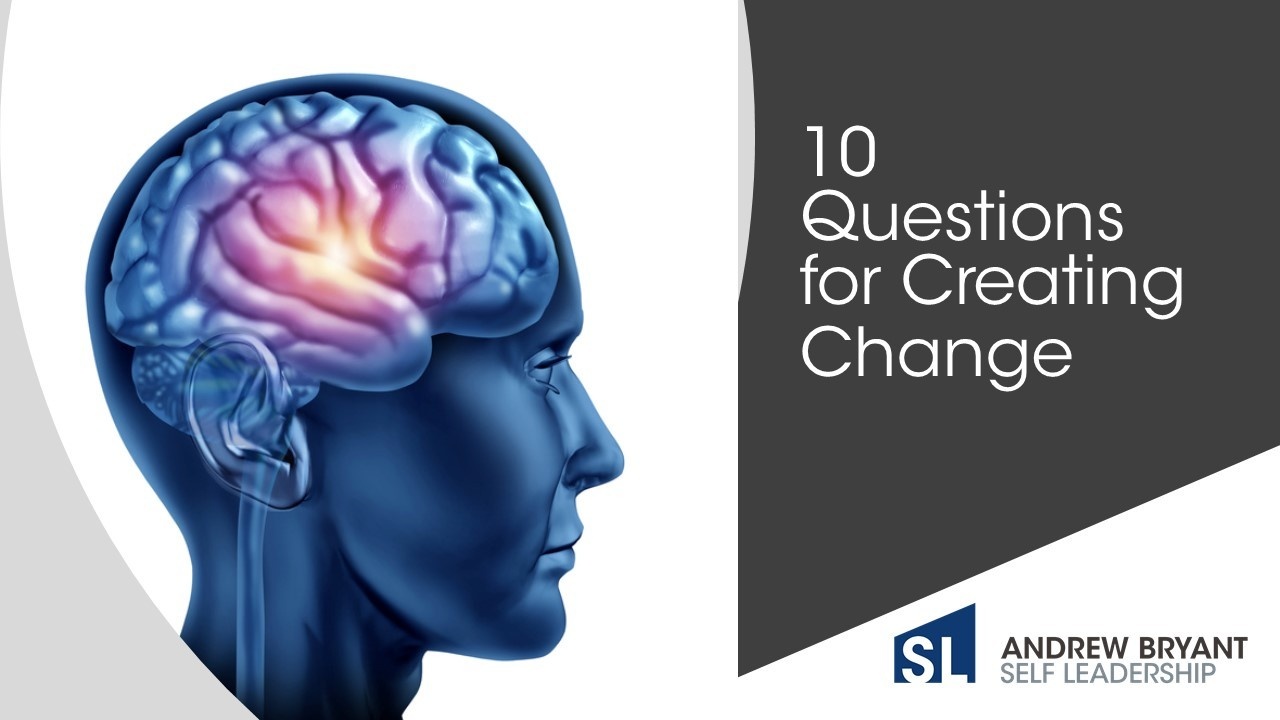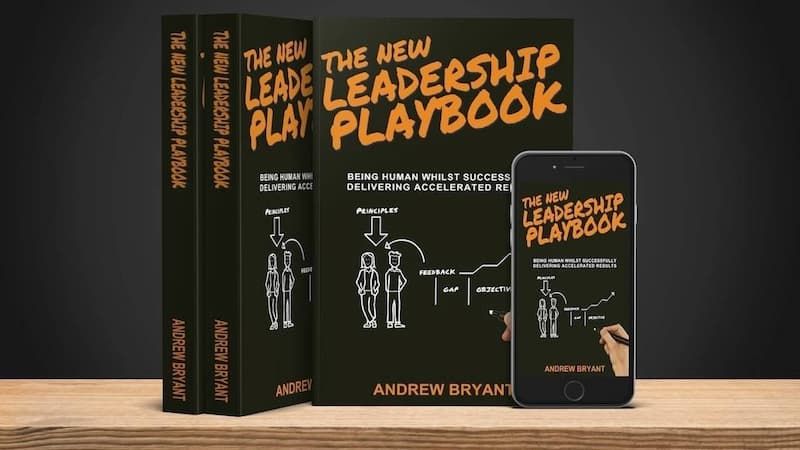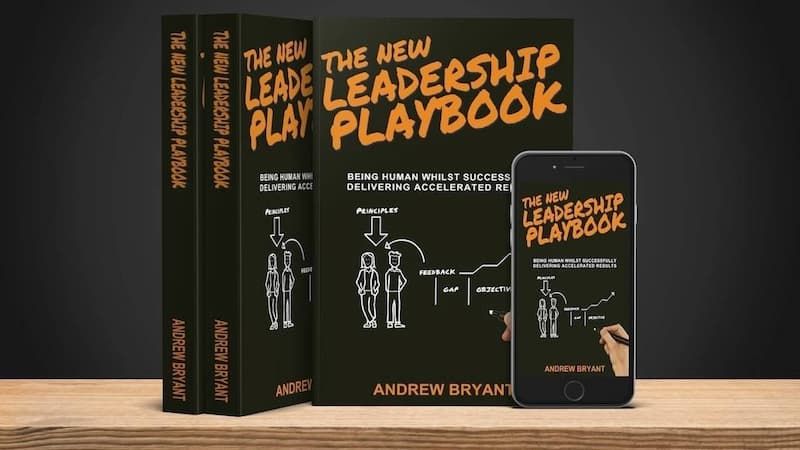10 Questions for Creating Change

When creating change, whether personally or within an organization, you will encounter resistance. People will tell you they are on board with the new vision but then engage in behaviors that sabotage objectives.
The first key to creating change is to acknowledge that every behavior has a ‘frame of mind’, constructed of values, beliefs, identity, and intentions. This frame of mind can be conscious or unconscious but will act like a gyroscope, always bringing your behaviors back towards a programmed destination.
Let’s take an example of creating change that most of us are familiar with – dieting to lose weight. We have a vision of ourselves as fitter or thinner, and we set a goal to lose X number of kilos by Y date; but what do we do? We cheat, we make exceptions and before long we are eating as we have always done.
Why do we default? Because our eating behavior, like all our behaviors, is controlled by a frame of mind. What are some common frames for eating? Food is comfort, food is social, food is a reward, I must finish the food on my plate, I must eat what I’m offered, etc., etc.
Before changing behavior we must identify the frames and ‘reframe’ them before rehearsing new behaviors. New frames for eating include; Food is fuel, not all food is equal, enough is enough, I choose the food I put into my body, and the empty feeling is enjoyable.
The Immunity to Change
Robert Keagan wrote about the Immunity to Change and used analogy, that often our approach to creating change is like having one foot on the accelerator and the other on the break. The accelerator is our desired future state (goal or vision) and the brake is the current mindset that drives the behaviors that prevent us from achieving our goal.
Michelle Duval created a model, known as the ‘Axes of Change’ which starts with challenging what we are moving away from (undesired behaviors) and awakening what we are moving towards (desired state) and then probes the ‘frames of mind’ that accelerate or put the brakes on the change.
In creating change for my individual or corporate clients I use both models to get things ‘unstuck’ and get people doing what they need to get the results that they want.
Changing Frames of Mind
Recently I was working on creating change with the senior leadership of a bank where some of the heads of different banking departments were building duplicate systems costing millions of dollars when the corporate values were all about teamwork and collaboration. These bankers talked the talk about how they wanted their bank to be ‘one bank’ but their behavior demonstrated ‘empire building’.
The cost of this ‘stuck’ behavior was not just in dollars but in confusion from the next level of leadership who were paralyzed by a lack of cohesion at the top. After I was able to demonstrate the cost of the current behavior and get buy-in for the need for change, I met with the entire leadership team at an offsite. We facilitated a clear future state and then got down articulating the behaviors that were undermining this vision or ‘one bank’. With the dirty laundry fully aired we began to explore what were the frames of mind that were driving these behaviors. Of course, there was history (this is the way we have always done it), but most importantly was a lack of trust. Probing deeper, we found that this lack of trust had been created as these leaders had grown up within the organization the leadership had played one manager against another.
'The truth will set you free', and individuals or teams who really face what is holding them in place, are now in a position to choose a new frame or narrative, to drive their behaviors. I was coaching a senior manager who wanted to be more empowering with his people but kept on finding himself micromanaging and scrunching up his face when people gave suggestions he didn’t agree with. As I probed the frames of mind driving the micromanaging we discovered his ‘brakes’ were the need to be right, to not disappoint, which had its roots in his childhood when he was scolded for making errors in piano practice.
10 Questions for Lasting Change
Lasting change is possible but unless we change our minds we will default to our original behaviors. So next time you want to change yourself or change another, consider the following sequence questions:
- “What do you want to achieve?”
- “What will happen if you don’t change?”
- “How committed are you to change?”
- “What behaviors are you engaging in that undermine what you want to achieve?”
- “What is driving those behaviors?”
- “What are you assuming about those drivers?”
- “If the assumption/s was wrong, what else could you believe?”
- “If you believed/assumed this new ‘story’ what behaviors would be natural?”
- “When, where, and with whom are you going to practice these new behaviors?”
- “Who or what will hold you accountable?”
Of course, I have simplified the process, but it does work; the leaders of the aforementioned bank are now collaborating, and the senior manager is empowering his employees – test me on this and let me know your results.
In Conclusion
Whether I am being asked to be a motivational speaker in Singapore, Sydney, London, or Lisbon, the brief is basically to create change. To change the way the audience thinks feels, or acts. I, therefore, weave the change questions into my presentation.
GET A FREE CHAPTER
THE NEW LEADERSHIP PLAYBOOK
BEING HUMAN WHILST DELIVERING ACCELERATED RESULTS



